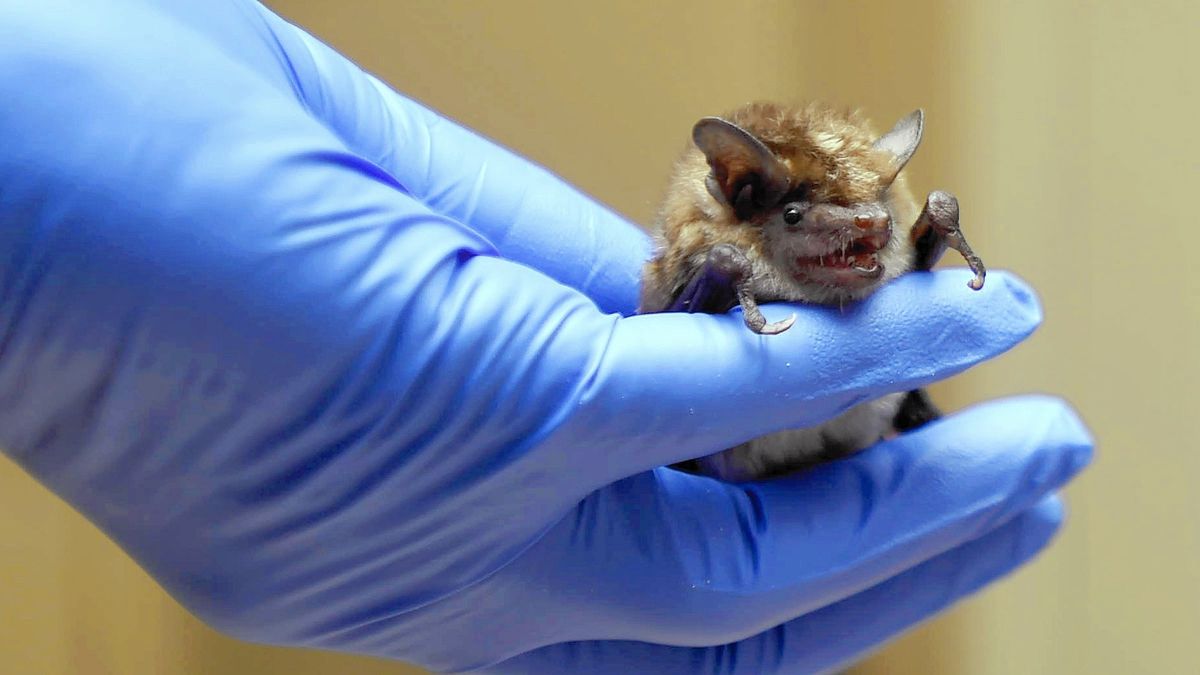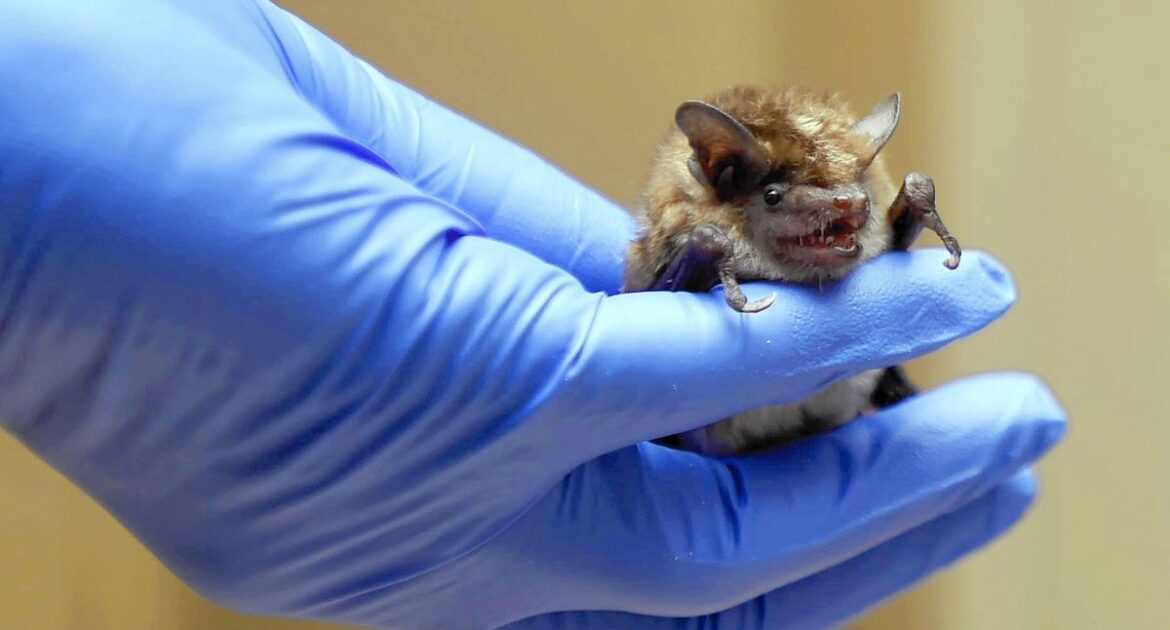The threat of contracting rabies from bat bites is real and needs to be taken seriously, but it also needs to be kept in perspective. Professional bat removal is always necessary for the protection of the bats and humans alike when the creatures are found in a home. A bat bite should be reported to the appropriate authorities so the animal can be tested for rabies, if possible.
While there is no cure for rabies, it can be prevented through vaccination. The incubation period ranges from a few days to a few weeks, so prompt post-exposure prophylaxis can prevent sickness and death. Contact with a bat is one of the most frequent causes of rabies in humans. Nevertheless, it is not common for humans in the United States to be infected with rabies. There are only about one or two cases every year. Furthermore, most bats do not carry rabies. Only about 6% of those submitted for testing were positive.
Bats infected with rabies may be asymptomatic, so if you encounter a bat, you should always exercise caution and try to avoid contact. The only way to be certain that a bat has rabies is to perform laboratory testing. However, a bat that is infected may exhibit the following observable signs.
1. Disorientation
A bat that is infected with rabies may exhibit symptoms of disorientation. Bats are nocturnal creatures, but a bat with rabies may be active during the day. Bats with rabies may also go into places that they usually do not go, including your home. If a bat gets into your home, it is not necessarily rabid, but for safety’s sake, you should assume that it may be. It is more likely that a bat that is active during the day may be infected with rabies.
2. Difficulty Flying
The rabies virus affects the nervous system. One of the effects is ataxia, which is an inability to coordinate motor functions. Bats infected with rabies may experience convulsions and tremors as the disease attacks their peripheral nervous system. They may not be able to fly at all, but if they do, they show erratic flying patterns.
3. Staring Expression
There are two different types of rabies in bats. One type is called paralytic rabies. As implied by the name, it causes the bat to become paralyzed to some degree, ranging from moderate to severe. It may be unable to move and stay in one place, staring absently off into space. A bat with paralytic rabies may appear harmless. Due to its obvious distress, you may be tempted to try to help by picking it up. However, the bat probably is not completely paralyzed, and if you try to handle it, it may try to defend itself by biting. If a bat appears to be paralyzed, it is all the more reason to call professional wildlife control in Madison to resolve the situation rather than trying to cope with it yourself.
4. Aggression
The other type of rabies in bats is called encephalitic rabies, known more colloquially as furious rabies. The term “encephalitic” means that it causes inflammation of the brain. This results in restlessness and hyperactivity, as well as irritability and aggression. A bat with furious rabies becomes overly sensitive to sensory stimuli and easily agitated as a result. It is more likely to exhibit excessive biting in the form of unprovoked attacks on humans and other animals. It may bite and not let go. If it has nothing else to bite, it may attack the bars of its cage or other inanimate objects or mutilate itself.
Call Skedaddle for Safe and Humane Bat Removal
A bat in your home is not a reason to panic but does require immediate action. Skedaddle’s wildlife technicians are trained to remove bats and other wild animals from your Madison home. Find out more about the services we offer in your area.




